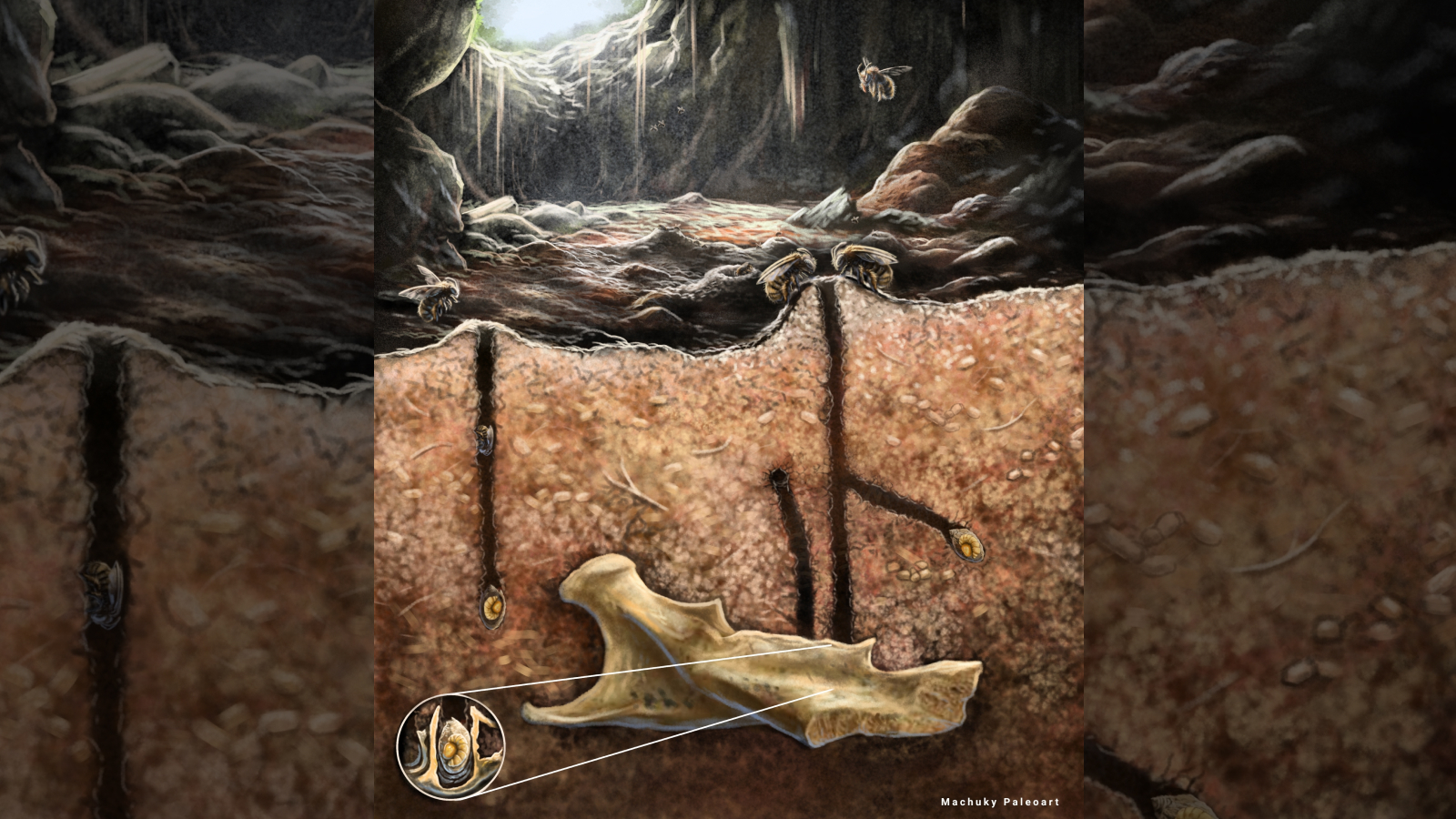Evidence Alexander the Great Wasn't First at Alexandria
The latest clues that settlements existed in the area for several hundred years before Alexander the Great come from microscopic bits of pollen and charcoal in ancient sediment layers.
Alexandria was founded by Alexander the Great in 331 B.C. The city sits on the Mediterranean coast at the western edge of the Nile delta. Its location made it a major port city in ancient times; it was also famous for its lighthouse (one of the Seven Wonders of the Ancient World) and its library, the largest in the ancient world.
But in the past few years, scientists have found fragments of ceramics and traces of lead in sediments in the area that predate Alexander's arrival by several hundred years, suggesting there was already a settlement in the area (though one far smaller than what Alexandria became).
Christopher Bernhardt of the U.S. Geological Survey and his colleagues took sediment cores (long cylindrical pieces of sediment drilled from the ground) that featured layers going as far back as nearly 8,000 years ago as part of a larger climate study of the area.
In these sediment layers, Bernhardt and his colleagues took samples of embedded ancient pollen grains to look for shifts from primarily native plants to those associated with agriculture. They also analyzed levels of microscopic charcoal, whose presence can indicate human fires.
At a mark of 3,000 years ago, Bernhardt's team detected a shift in pollen grains from native grasses and other plants to those from cereal grains, grapes and weeds associated with agriculture. They also found a marked increase in charcoal particles, all of which suggests that a settlement pre-dated the great city of Alexandria.
"They're definitely using the landscape," Bernhardt said.
Get the world’s most fascinating discoveries delivered straight to your inbox.
Interestingly, this idea is also supported in the stories of Homer: In Book 4 of "The Odyssey," there's a mention of a one-day sail from the coast near the Nile to the nearby island of Pharos. This suggests that a port settlement of some sort was already there, the researchers say.
"Fiction is true," in this case, Berhnhardt said.
Whether the early settlement was Greek, Egyptian or affiliated with some other culture isn't known. Nor can scientists say exactly how big the settlement might have been.
"At this point I don't think you can tell much about the people themselves," Bernhardt told LiveScience, adding that archaeologists are interested in learning more about them.
Bernhardt's findings were presented at a recent meeting of the Geological Society of America and will appear in an upcoming issue of the Journal of Coastal Research.

Andrea Thompson is an associate editor at Scientific American, where she covers sustainability, energy and the environment. Prior to that, she was a senior writer covering climate science at Climate Central and a reporter and editor at Live Science, where she primarily covered Earth science and the environment. She holds a graduate degree in science health and environmental reporting from New York University, as well as a bachelor of science and and masters of science in atmospheric chemistry from the Georgia Institute of Technology.


